Researchers combine adhesives based on gecko toes with a customized robotic hand.
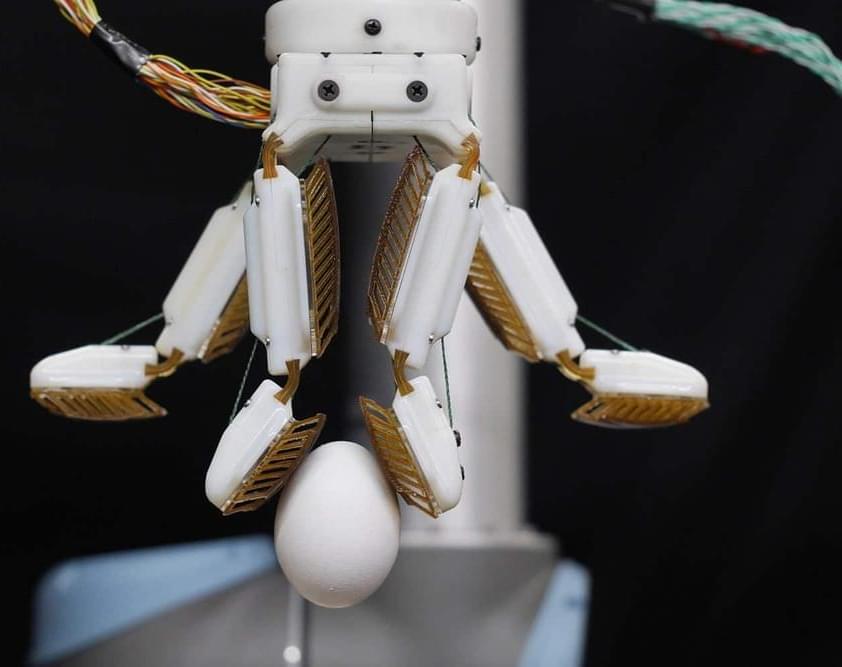

Researchers combine adhesives based on gecko toes with a customized robotic hand.

We’ve fine-tuned GPT-3 to more accurately answer open-ended questions using a text-based web browser. Our prototype copies how humans research answers to questions online – it submits search queries, follows links, and scrolls up and down web pages. It is trained to cite its sources, which makes it easier to give feedback to improve factual accuracy. We’re excited about developing more truthful AI, but challenges remain, such as coping with unfamiliar types of questions.
Language models like GPT-3 are useful for many different tasks, but have a tendency to “hallucinate” information when performing tasks requiring obscure real-world knowledge. To address this, we taught GPT-3 to use a text-based web-browser. The model is provided with an open-ended question and a summary of the browser state, and must issue commands such as “Search …”, “Find in page: …” or “Quote: …”. In this way, the model collects passages from web pages, and then uses these to compose an answer.


We’ve all seen children draw quirky, awesome characters, and even heard them talk about their illustrations as if they were real! How cool would it be to actually bring the characters to life?
Researchers at Meta AI have developed a way to do just that. We’re announcing a first-of-its-kind AI-powered animation tool that can automatically animate children’s drawings of human figures within minutes.
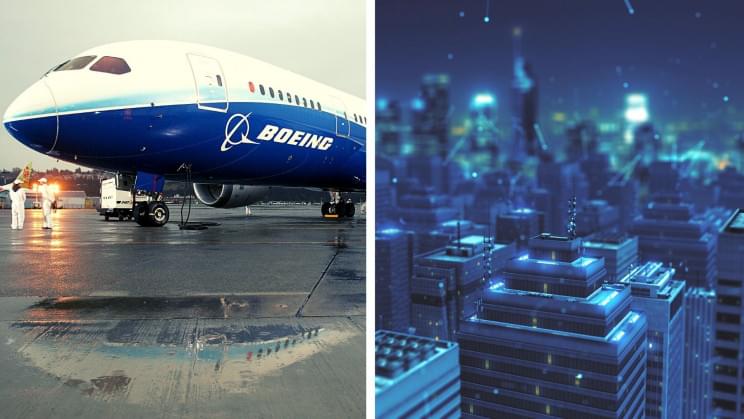
Welcome to Web 3.0.
It’s happening.
Major human-focused industries are injecting virtual interactions into the very design of next-gen vehicles, as Boeing announced that its 3D engineering designs will have digital twins that speak to each other via “robots” that converse, while human mechanics at factories throughout the world will be linked via $3,500 HoloLens headsets developed by Microsoft itself, according to an initial report from Reuters.
In other words, Boeing just took a major step into Web 3.0, with airline service operations and production becoming unified within a single digital ecosystem. And it could happen in just two years.
Boeing wants to enter 2022 fighting for engineering dominance Critics of Boeing cite the firm’s previous commitments to triggering an imminent digital revolution. But insiders familiar with Boeing’s announcement say its general aims to improve safety and quality have gained a stronger sense of urgency and significance through the aerospace company’s struggles with several threats. Nevertheless, Boeing plans to fly into 2022 fighting for its engineering dominance in the industry following the 737 MAX crisis, while also preparing for a future aircraft program in the coming decade. But make no mistake, this is a $15-billion gamble. And to make good on its pledge, Boeing will also have to develop a means of preventing manufacturing issues, like the structural flaws that delayed its 787 Dreamliner in 2021.
Full Story:
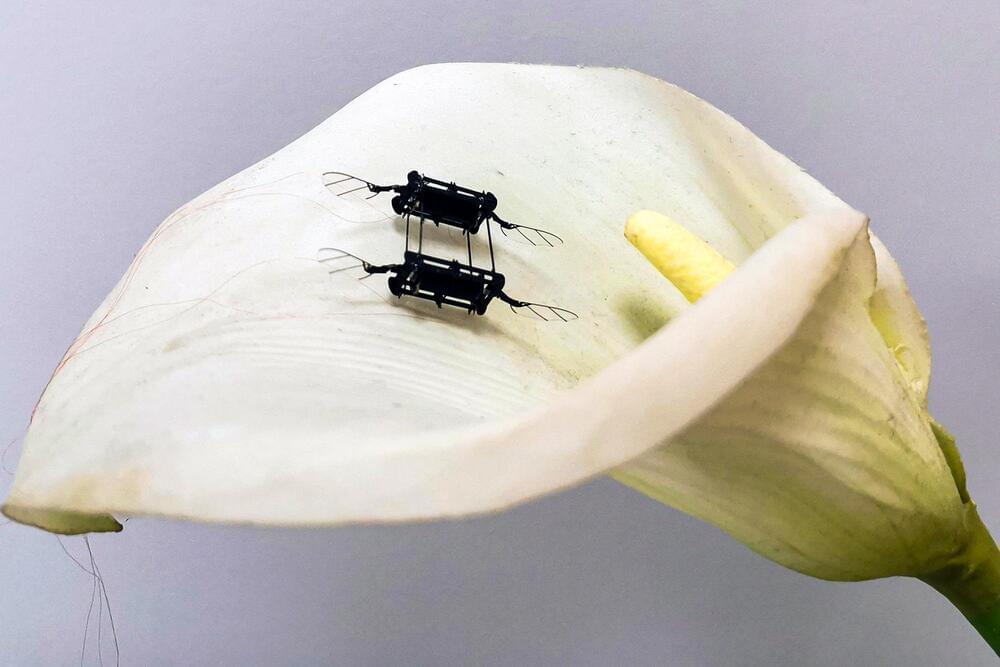
A new fabrication technique produces low-voltage, power-dense artificial muscles that improve the performance of flying microrobots.
When it comes to robots, bigger isn’t always better. Someday, a swarm of insect-sized robots might pollinate a field of crops or search for survivors amid the rubble of a collapsed building.
MIT.

WASHINGTON – The National Geospatial-Intelligence Agency has selected a team of commercial and academic partners to build an artificial intelligence system with synthetic data, which will further help the agency determine how it builds machine learning algorithms moving forward.
Orbital Insight was issued a Phase II Small Business Innovation Research contract by the NGA, the company announced. Dec. 16. It will collaborate with Rendered.ai and the University of California, Berkeley, to develop a computer vision model.
As the organization charged with analyzing satellite imagery for the intelligence community, NGA has put increased emphasis on using AI for its mission. The agency sees human-machine pairing as critical for its success, with machine learning algorithms taking over the rote task of processing the torrent of satellite data to find potential intelligence and freeing up human operators to do more high level analysis and tasks.

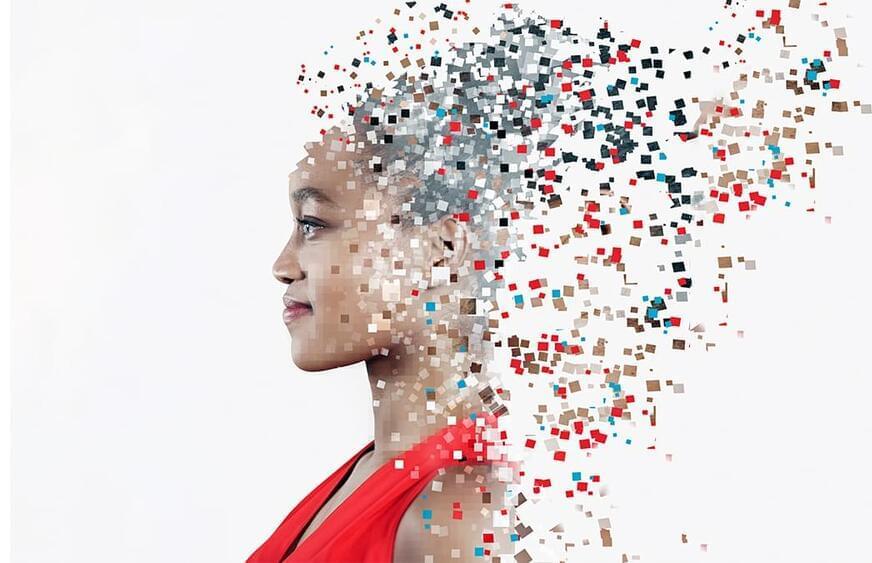
Imagine that your team is meeting to decide whether to continue an expensive marketing campaign. After a few minutes, it becomes clear that nobody has the metrics on-hand to make the decision. You chime in with a solution and ask Amazon’s virtual assistant Alexa to back you up with information: “Alexa, how many users did we convert to customers last month with Campaign A?” and Alexa responds with the answer. You just amplified your team’s intelligence with AI. But this is just the tip of the iceberg.
Intelligence amplification is the use of technology to augment human intelligence. And a paradigm shift is on the horizon, where new devices will offer less intrusive, more intuitive ways to amplify our intelligence.
Hearables, or wireless in-ear computational earpieces, are an example of intelligence amplification devices that have been adopted recently and rapidly. An example is Apple’s AirPods, which are smart earbuds that connect to Apple devices and integrate with Siri via voice commands. Apple has also filed a patent for earbuds equipped with biometric sensors that could record data such as a user’s temperature, heart rate, and movement. Similarly, Google’s Pixel Buds give users direct access to the Google Assistant and its powerful knowledge graph. Google Assistant seamlessly connects users to information stored in Google platforms, like email and calendar management. Google Assistant also provides users with highly-personalized recommendations, helps automate personal communication, and offloads monotonous tasks like setting timers, managing lists, and controlling IoT devices.
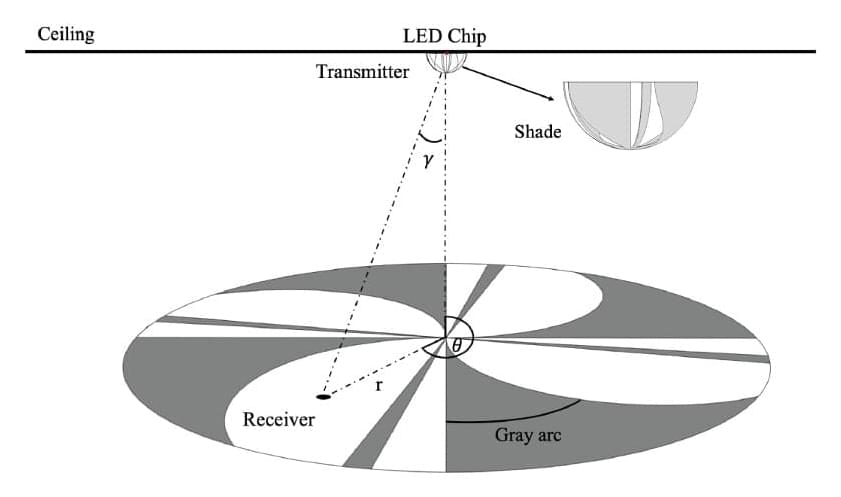
In recent years, engineers have been trying to develop more effective sensors and tools to monitor indoor environments. Serving as the foundation of these tools, indoor positioning systems automatically determine the position of objects with high accuracy and low latency, enabling emerging Internet-of-Things (IoT) applications, such as robots, autonomous driving, VR/AR, etc.
A team of researchers recently created CurveLight, an accurate and efficient light positioning system. Their technology, described in a paper presented at ACM’s SenSys 2021 Conference on Embedded Networked Sensor Systems, could be used to enhance the performance of autonomous vehicles, robots and other advanced technologies.
“In CurveLight, the signal transmitter includes an infrared LED, covered by a hemispherical and rotatable shade,” Zhimeng Yin, one of the researchers who developed the system at City University of Hong Kong, told TechXplore. “The receiver detects the light signals with a photosensitive diode. When the shade is rotating, the transmitter generates a unique sequence of light signals for each point in the covered space.”